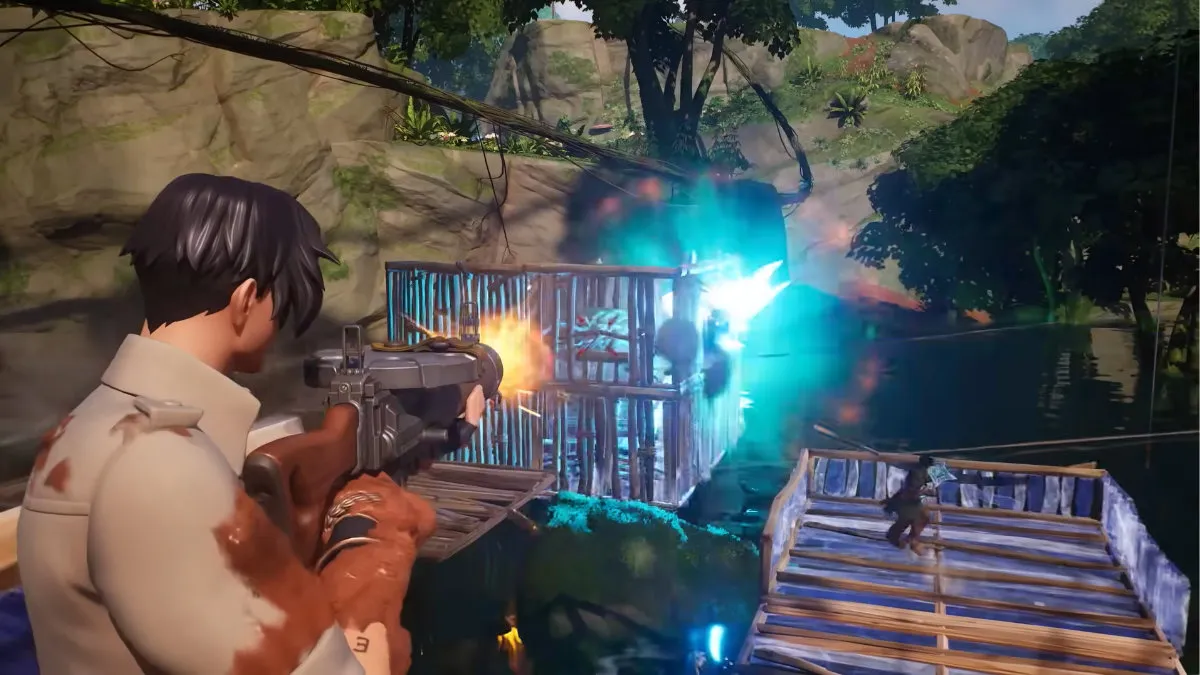Nvidia just published a press release regarding upcoming software features and improvements for its ray tracing, Super Resolution, and Frame Generation technologies for popular PC games this fall. An interesting takeaway from Nvidia was the mention of upcoming DLSS 3 support for Fortnite and Call of Duty: Modern Warfare 3 Remastered. This news will undoubtedly stir up significant debate between competitive players and more casual audiences regarding whether or not to use the feature.
DLSS 3 Frame Generation is an RTX 40 Series exclusive feature that improves gameplay smoothness in supported games through an AI algorithm that entirely generates frames based on temporal data. In fact, you can use it to get higher framerates (with a trade-off) or to significantly crank up your graphics settings quality.
However, there is a noteworthy trade-off for using DLSS 3 Frame Generation. To add some context, DLSS 2 Super Resolution does not add noticeable latency in order to increase framerates. If anything, DLSS 2 is able to improve framerates and latency for a more responsive experience in games thanks to rendering games at lower resolutions and then upscaling the final image resolution. In contrast, DLSS 3 Frame Generation inserts entirely AI-generated frames in between traditionally rendered frames produced by the game engine.
This cannot be done accurately without having temporal data, meaning past and future frames in order for the Frame Generation algorithm to produce what it thinks happens between those two frames. As this explanation implies, there is a brief delay in which frame delivery to the monitor must wait for the AI-generated image to be created. This is where the problem lies for competitive gamers, as both Fortnite and Call of Duty rely on low latency experiences during tense situations that require the fastest reaction timing possible.
Nvidia hopes DLSS 3 will gain wider popularity
This hasn’t stopped Nvidia from pushing ahead with DLSS 3 Frame Generation support in games known for competitive multiplayer though. Although Frame Generation does add a small amount of latency, it’s just not that noticeable for most players when paired with high-refresh monitors to keep overall latency low. There’s certainly a large improvement you can get out of the visual quality in exchange for turning DLSS 3 on.
This is particularly true for demanding settings like ray tracing and Unreal Engine 5’s Lumen, Nanite, and Shadow Maps. Turning settings like these on makes a huge impact on the way games like Fortnite look. Call of Duty: Modern Warfare 3 will also undoubtedly look sleek with ultra settings, and DLSS 3 will help achieve that. Although DLSS 3 isn’t perfect, it will at least provide another way to experience these games on higher settings without the typical performance penalties from ultra settings.
You’ll be able to play around with DLSS 3 for yourself this fall if you have an Nvidia RTX 40 Series graphics card. There’s no mention of an exact date for when this feature will come to Fortnite, but a new season arrives on August 25. Call of Duty: Modern Warfare 3 releases November 10.







Published: Aug 22, 2023 01:12 pm